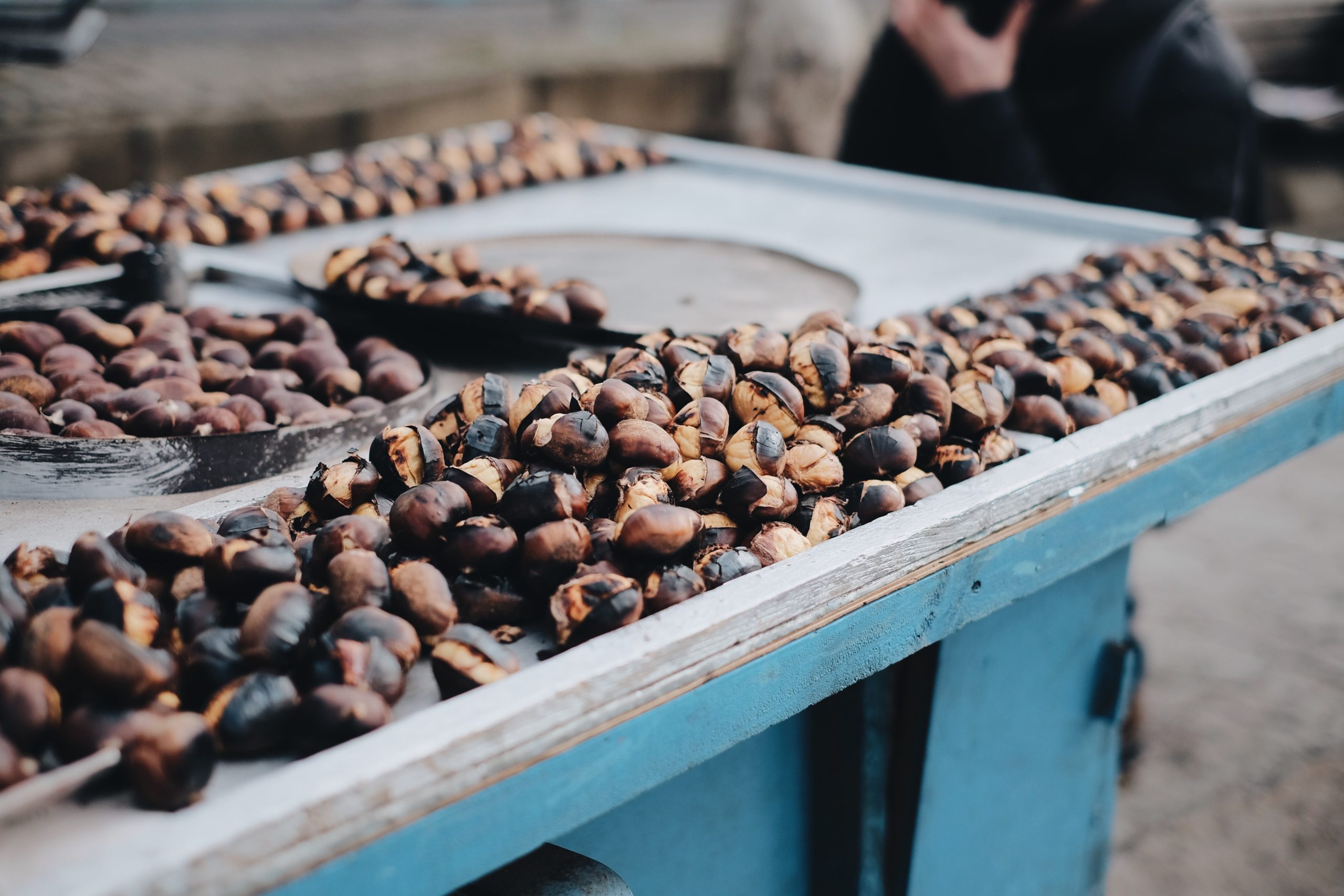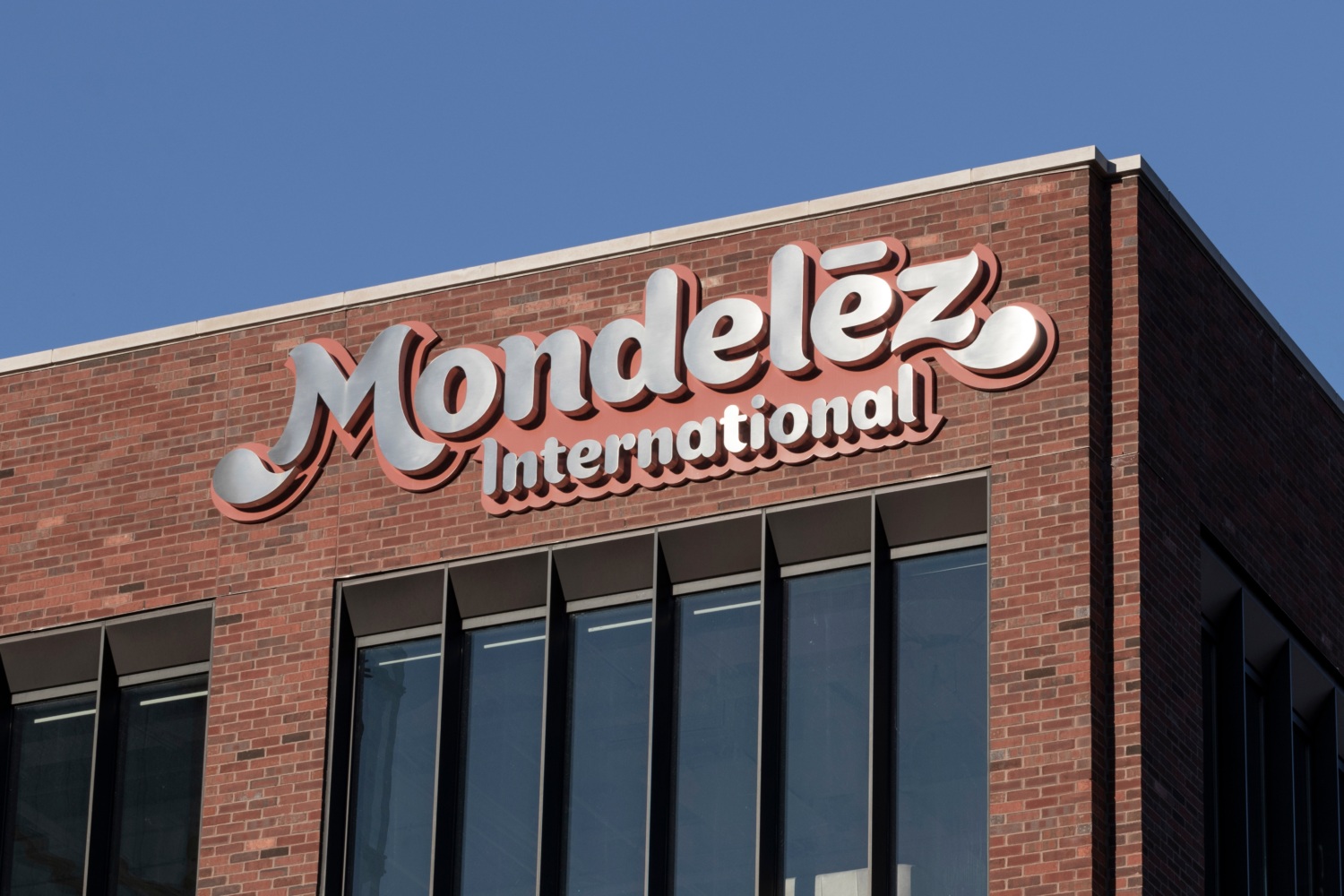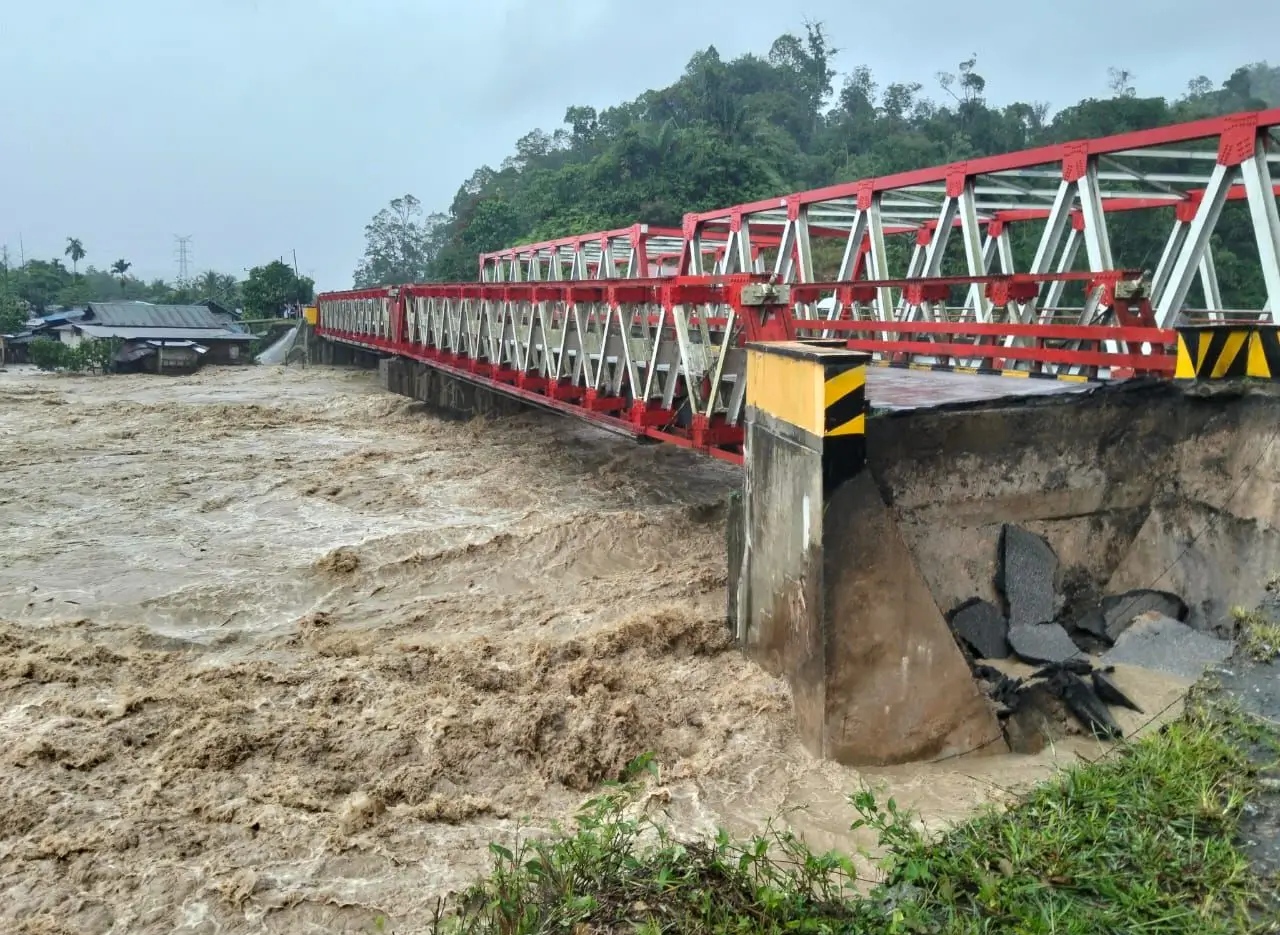
Unpacking Deforestation and Climate Change within Chocolate Scorecard
Dr Stephanie Perkiss
Stephanie Perkiss is a Senior Lecturer in Accounting at the University of Wollongong and explores social and environmental accounting and accountability in her research.
This blog post is one of a series linked to the publication of the 2022 Chocolate Scorecard company sustainability rankings. To view the 2022 Chocolate Scorecard please go to https://beslaveryfree.com/chocolate
When biting into a crunchy chocolate candy, many consumers don’t realise where the cocoa ingredients in their favourite treats come from, nor the costs that their production can have for nature and the climate.
West Africa produces 75% of the world’s cocoa, with Côte d’Ivoire and Ghana producing the lion’s share. In the last 60 years, these two African countries have lost around 94% and 80% of their forests respectively, with approximately one-third of that forest loss to make way for growing cocoa. Research published by Mighty Earth revealed that, in the period between January 2019 and January 2022 alone, Côte d’Ivoire lost 19,421 hectares (194.21 km2) of forest within cocoa-growing regions, while Ghana lost 39,497 hectares (394.97 km2) in cocoa regions. This amounts to a combined area equivalent to the size of the cities of Madrid, Seoul, or Chicago.
Many of the remaining tropical forests under threat in these two countries are within legally protected areas, providing critical habitat to endangered species like chimpanzees and pygmy hippos. They also contain vast stores of carbon, which if released could exacerbate global climate change. Forests absorb carbon, and when they die, they release carbon and no longer serve as a sink.
Amongst other indicators, the 2022 Chocolate Scorecard focuses on the extent to which individual companies are taking concrete steps to ensure that forests are not being cut down to provide them with cocoa. We analysed the responses to deforestation and climate change in the following areas based on best-in-class guidance (see AFI box)
- Application of no-deforestation policy to global sourcing, and percentage of cocoa purchased through a deforestation-free monitoring system;
- Percentage of cocoa sourced from deforested areas since 2010 when satellite monitoring systems became widely available;
- Percentage of cocoa sourced from actors who have been deforesting since the launch of the CFI in 2017;
- Detailed plans for how to respond to evidence of suppliers sourcing cocoa from recently deforested land; and
- 5. Policy to achieve net-zero carbon emissions company-wide; or using science-based targets.
Chocolate Scorecard survey results
The highest score of the deforestation and climate change theme went to Alter Eco and Beyond Good. There were several others in the ‘green’ or top scoring category: Chocolats Halba, ECOM, Ferrero, Nestlé, and Olam. All these companies have undertaken efforts that put them at the top of the pack, relative to their peers. The lowest scores for deforestation and climate change went to Daito Cacao, Glico and Morinaga. These companies did, however, respond to the survey and have endeavoured to engage on deforestation and climate. This sets them apart from General Mills, Starbucks, and Storck who did not participate in the survey – and who appear (based on a review of their publicly available material) to be worryingly behind on many sustainability metrics including those for their cocoa when it comes to forests/climate – remain at the rock bottom.
Grading for the deforestation and climate change theme was tough. For many questions we were looking for specific and verifiable data – usually figures and percentages with links so they can be publicly verified. While many of our companies were great at narrative accounts, some key figures were missing.
We will start with what was done not so well:
- Satellite monitoring – We would like to see more companies purchasing cocoa from locations that are verified deforestation-free, using a satellite monitoring system. Even better, if companies started using the available technology that forecasts (quite accurately) where deforestation will happen, this could stop deforestation in their cocoa supply chains before it takes place. While many companies are starting to do monitoring, imagine how good it would be if all companies reached 100%, and then actually used the monitoring to curb forest destruction in their supply chains!
- Deforestation mapping – We gave special attention to deforestation and purchasing from the two largest cocoa producing countries, Côte d’Ivoire and Ghana. Many companies could not provide details on cocoa they had sourced from areas deforested since 2010 (at which point, accurate and free satellite mapping of forests was easily accessible to all); or again after November 2017 (at which point Cocoa & Forests Initiative (CFI) was signed, wherein all major companies and the governments of Côte d’Ivoire and Ghana pledged to end deforestation and start mapping). We appreciate that this data can feel confusing at first, especially if companies have only recently begun mapping. But, without mapping and understanding one’s deforestation, pledges will remain empty words.
- Verifiability – In the survey, we awarded points where respondents provided reference to their data/figures, which can be independently checked. In several instances, citations and URLs were not provided and grades were not given, such as for a few companies who failed to provide evidence of a time-bound plan for working with suppliers and smallholders to map farms using GPS.
- Transparency is important – Public transparency in relation to deforestation and climate change is important, so we have urged participating companies to keep publicly sharing their sustainability initiatives and achievements. This allows civil society to follow the old adage: trust, but verify.
Now, onto what was done well:
- Monitoring systems – Most of the companies we surveyed have some form of monitoring system. However, most of these remain incomplete or even deeply flawed. For example, satellite mapping is rarely connected to an alert system that trigger field investigations in the places identified as having deforestation. It also seems almost no company is using deforestation forecasting, although this now exists for Côte d’Ivoire and for many geographies with a variety of tools. There were some standouts: Beyond Good used both satellite imagery as well as on-the-ground monitoring and went further than its peers. Beyond Good established a high-quality Deforestation Dashboard as a deforestation monitoring system.
Source: Beyond Good’s mapping tool.
- Collaboration to eradicate deforestation – Many of the participating companies have joined the ‘Cocoa & Forest Initiative’ (CFI) and/or Initiatives for Sustainable Cocoa (ISCOs). ISCOs refer to public-private platforms for sustainable cocoa now existing in a number of countries including Germany, Switzerland, Belgium, The Netherlands, France and Japan. Most ISCOs include a focus on deforestation in cocoa, and help shape collaborative efforts to eradicate deforestation from consumer countries, as CFI does in producer countries. While it is great to see a lot of companies joining CFI and ISCOs, we are finding similar themes – that there is still a lot to making these collaborative efforts truly work. Joining is only one step. Collaborating for robust group efforts to promote change, is key. Merely joining does not obviate a need for companies to continue their individual work on deforestation and climate change, nor their need to invest in conservation and restoration.
- Deforestation-free policies – It was great to see that most of our participants had gone beyond CFIs to embrace a global deforestation-free cocoa policy, or even a cross-commodity deforestation-free policy (for some or all regions they source from). It shows that companies in this industry are trying to take seriously the issues of deforestation and climate change in their supply chains.
- Public grievance systems and noncompliance policies – Most Scorecard participants have established both public grievance mechanisms, and noncompliance policies. In most cases these are not deforestation-specific, but cover the entire supply chain, including social and environmental indicators. However, full points on this front were only given when public grievance mechanisms were easily accessible and user-friendly, and where non-compliance policies establish clear consequences for deforestation, including suspension.
- Net-Zero carbon emission – We see major positive change with some key cocoa/chocolate companies embracing the SBTi’s Corporate Net-Zero Standard. Points were awarded for joining SBTi’s race to zero. While some of the commitments show a low-ambition target of 2050, others have better timetables focused on 2030. In future grading of deforestation and climate change, we will be looking specifically at the actions companies are taking to reach these targets and whether companies have signed up for SBTi.
A note on CDP, which some cocoa/chocolate companies flagged. We think CDP is providing a valuable service in promoting transparency for investors and nudging companies to be more explicit with the types of data and analysis they report. However, there is uneven public access to CDP disclosures. Best practice in the cocoa space could mean that companies opt to submit forest disclosures to CDP, and also post a copy of their disclosures to their company website so it can be verified.
A tip for next year’s Chocolate Scorecard!
Despite progress, some companies are still at risk from sourcing cocoa associated with legal and illegal deforestation. Legislation has been proposed by the European Union to regulate deforestation in high-risk commodities such as cocoa, and similar regulation is also proposed for other jurisdictions such as the United Kingdom, United States of America, New York State, the State of California, and more. It is worth noting that many chocolate companies have spoken out courageously to support due diligence and deforestation-free regulations in recent years. A public statement supporting regulation in your home country or regions where you sell chocolate will help gain you a better score in future years.
There are many different roads that lead to better policy and action on deforestation and climate change. For example, Ferrero scored a ‘Green’ because it has now joined others in purchasing 100% certified volumes, and this comes on top of its considerable company-specific efforts around deforestation and climate. However, taking a different path, Mars scored well with only about half of its cocoa being certified, but performing far better when it comes to a serious company-wide, commodity-wide approach to slashing overall emissions with a time-bound implementation plan.
Another pathway to points was, for example, clear criteria on what it takes to suspend a non-compliant supplier caught with deforestation problems (as opposed to wishy washy criteria or no criteria). Yet another pathway consists of rapid and largescale improvement, with the key to points being speed and scale of change. So, we tried to recognize that what is “good” in the case of deforestation and climate change can be very different. We’re agonistic so long as companies are on a meaningful road, and not a bridge to nowhere.
Overall, we see lots of potential for continued growth in policy, monitoring, and action in relation to deforestation and climate change, but this is not a bad place to be, at least for the higher-performing companies in this category!


